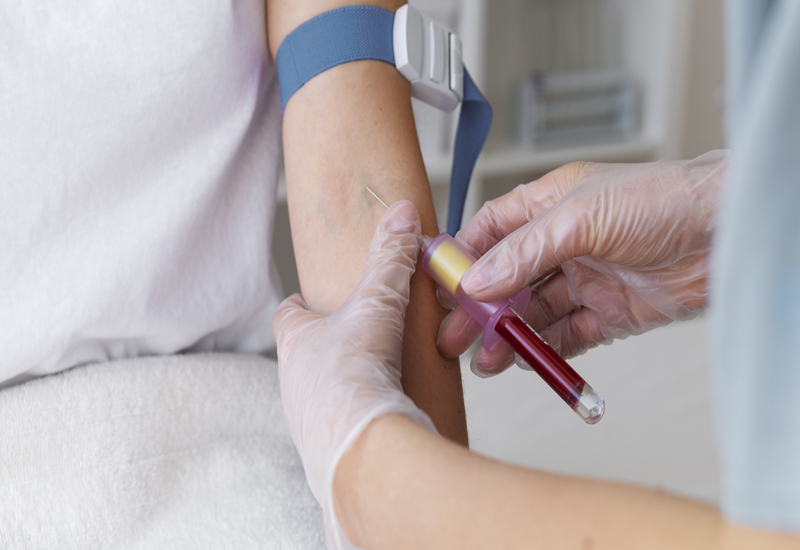
A biopsy is the procedure where a tissue sample from the body is taken for observation in a microscope. It is one of the primary diagnostic tools needed for the diagnosis of many diseases, including cancer. Through the tissue sample, doctors can establish the nature of the disease, detect abnormal cells, and advise on the therapy selection. The best medical tourism company in the country, My Care India is regarded as the go-to destination for patients wanting to undergo a biopsy.
Biopsy meaning and types
In a biopsy, a small portion of tissue or cells is obtained from the patient's body for diagnostic testing. Under a microscope, a pathologist can see any abnormal growths, inflammation, or other changes that may suggest disease. Although many biopsies are performed to identify cancer, they are equally important in identifying infections, autoimmune diseases, and other diseases affecting specific organs or tissues.
Almost any region of the body, from the skin and lungs to the liver and kidney, bones, and even the brain, may serve as a source of a sample. The choice of methods and instruments to use in the procedure can also vary with the region being sampled.
Biopsies are diverse in forms, each directing to specific organs or parts of the body as targets and purposes. The primary classifications are as follows:

1. Needle Biopsy: One of the most commonly used biopsy techniques is needle biopsy, which involves extracting tissue from an organ or tumour using a small, hollow needle. There are two types of needle biopsies: core needle biopsies, which take out a larger, cylindrical piece of tissue, and fine-needle aspiration (FNA), which takes a very small sample of cells. This type is often used for lung, liver, prostate, and breast biopsies.
2. Surgical Biopsy: Surgical biopsy may be performed when a needle biopsy cannot be done or if little information can be obtained from the procedure. To prepare a sample for a test, in this case, the surgeon may excise entirely or partially the abnormal tissue. Surgical biopsy is often conducted when the lump or tumour cannot be reached or is found deep inside the body.
3. Endoscopic Biopsy: A flexible tube known as an endoscope is passed into the body through a natural opening, such as the mouth, nose, or rectum, to take a tissue sample. This is often used for bladder, lung, or gastrointestinal biopsies.
4. Skin Biopsy: A skin biopsy is a less invasive procedure in which a small portion of skin is removed for examination. It is often used for the diagnosis of skin disorders such as melanoma, basal cell carcinoma, and other dermatological conditions.
5. Bone Biopsy: A bone biopsy is performed to obtain tissue for examination when infections or malignancies affect the bones. This can be done either by surgery or a needle, depending on the location and type of suspected disease.
Conclusion
A biopsy is an important diagnostic procedure that produces invaluable information that can determine the course of treatment for a variety of diseases, such as cancer. While getting a biopsy may seem daunting, it is important to note that it is actually a relatively safe procedure that provides a lot of benefits in the diagnosis and treatment of illness. Being the best medical tourism company for Biopsy treatment, My Care India has helped its clients undergo the best and most accurate procedures.





